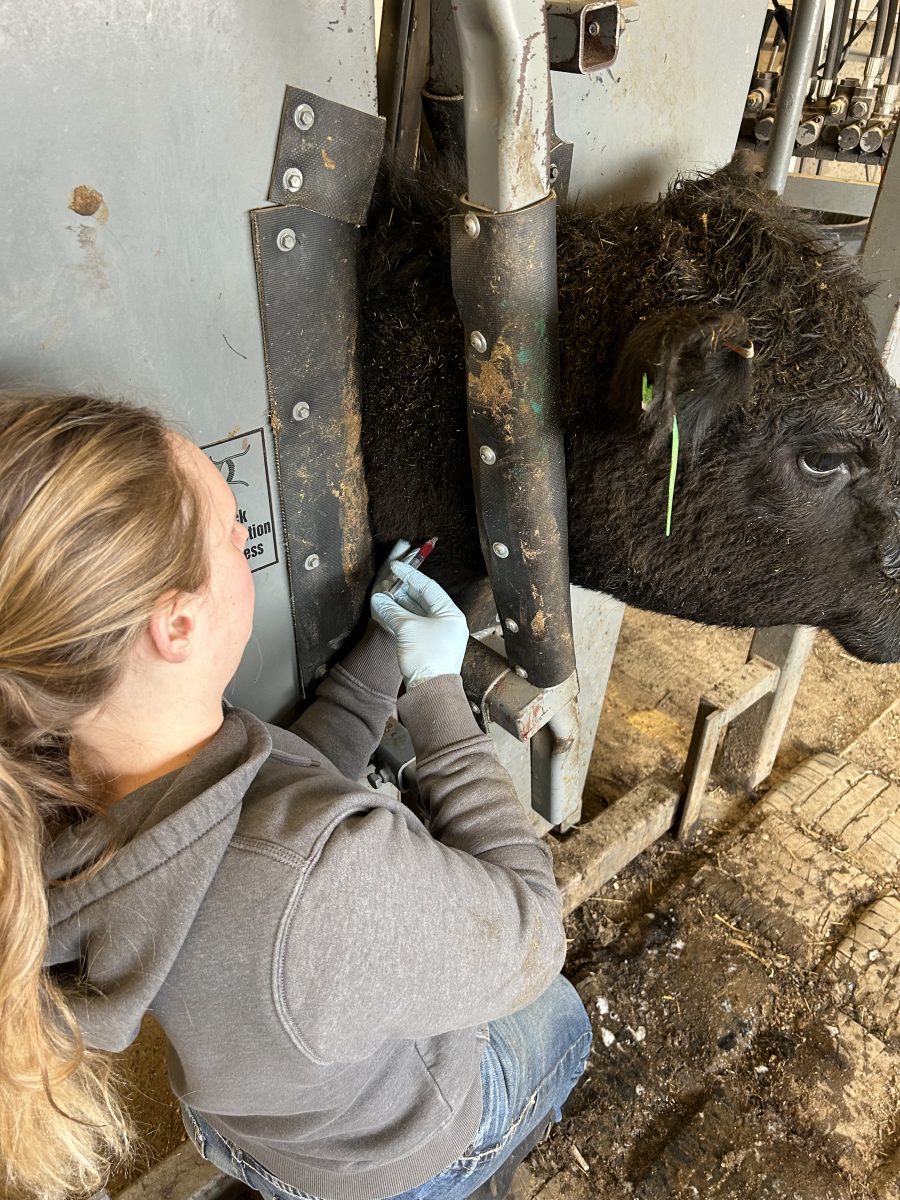WiFi slated for student-heavy areas
November 28, 2006
Heather Mangan
Although more wireless Internet access points are being added, campus-wide access isn’t in SDSU’s near future, officials said Nov. 28.
Select members of the Students’ Association and administration have announced that 11 wireless access points will be added throughout campus in communal areas, possibly by spring semester. They also met with the Academic Senate, Tuesday, Nov. 28, to discuss the possibility of making wireless accessible in academic areas. The senate agreed to test wireless access in a few classrooms before making a final decision.
“Now, it’s trying to find the best way to reach (the campus-wide access) goal with the resources we have,” said SA President Alex Halbach. “I think any progress at this point is progress in the right direction.”
Although locations of the 11 points have not officially been designated, Michael Adelaine, vice president of Information Technology, said they will be in common student areas, such as the residence halls.
Halbach and Adelaine are discussing locations that will be easiest to install while benefitting the most people. Adelaine said campus-wide access won’t happen within the next three years.
Adelaine said the group of administrators and student senators are currently researching options of how to add the new points. He said the group could decide to just add the points to the current system or, thinking more long term, purchase a more advanced network and start with those 11 points.
The current system is quickly becoming outdated, and the additional points would create a total of 70 to 75 points, the system’s maximum. However, the university will eventually have to update the system, he said. When the update occurs depends on whether wireless companies require a minimum of points at one time. If not and resources allow, the group will open the bid process for a new system next week, Adelaine said.
Those points should be activated in time for the spring semester, Adelaine said. He wouldn’t say how much the additional points will cost.
“Cost will be dependent upon the pricing of the new technology that will be ordered,” Adelaine said.
Current discussions are ongoing about adding wireless access to academic spaces.
Some faculty members are hesitant to bring wireless into the classroom, fearing the distraction it will cause.
“I think we need to separate what we want and what we need,” said Christopher Schmit, professor and academic senator for the College of Engineering.
But others argue that students don’t need Internet to play games on their computers. Cell-phone technology allows students to get online wherever there is cell service, said sophomore Chris Daugaard, an at-large SA senator.
Adelaine said the best current solution is to test a few classrooms to create initial reactions. He said the test classrooms will host a variety of classes, but are situated so other rooms can’t pick up the signals, unlike rooms in the Rotunda.



















